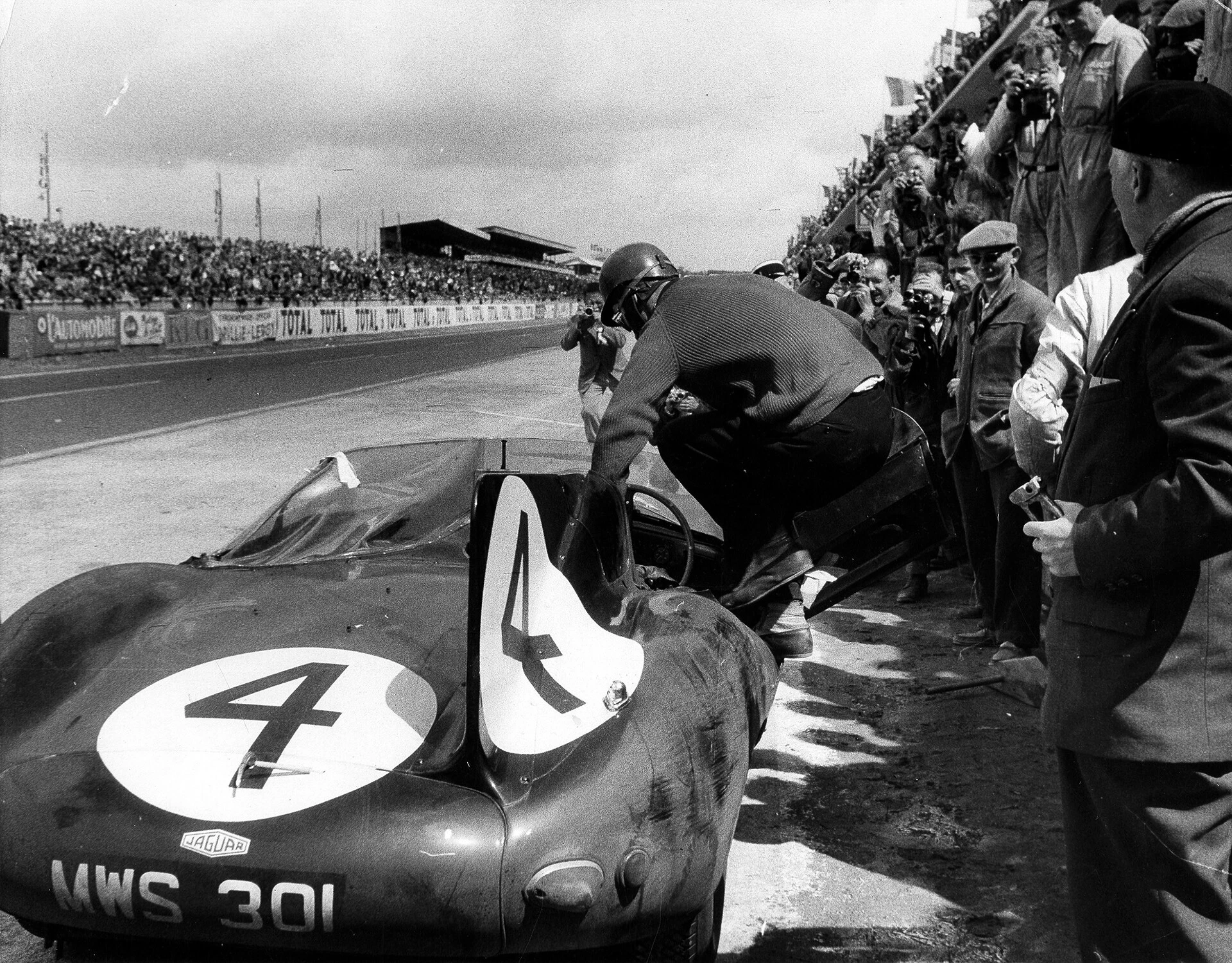Le Mans Yesterday and Today: Jaguar
31 August 2024 4 min read 5 images

Photo credit: Jaguar
Roarington's journey to discover the most successful constructors in the history of the 24 Hours of Le Mans reaches the fourth place in the roll of honor, occupied by Jaguar. The British brand has seven victories in the world's most famous endurance race, a record for English manufacturers. The cars of William Lyons, a sort of English Enzo Ferrari who dabbled in high-performance cars before the war but only created his "Jaguar" after the conflict, are the result of his deep mechanical expertise and his vision in body design. Victory at Le Mans soon became Jaguar's goal, given the success of the new XK-120 in the market. The car was prepared for competition, even though it was rather heavy and bulky. But courage pays off, and in 1951, the XK-120C, with the "C" standing for competition, won the 24 Hours of Le Mans.
Register to unlock this article
Signing up is free and gives you access to hundreds of articles and additional benefits. See what’s included in your free membership. See what's included in your free membership.
Already have an account? Log In


